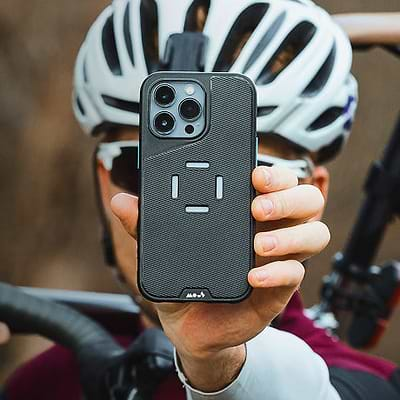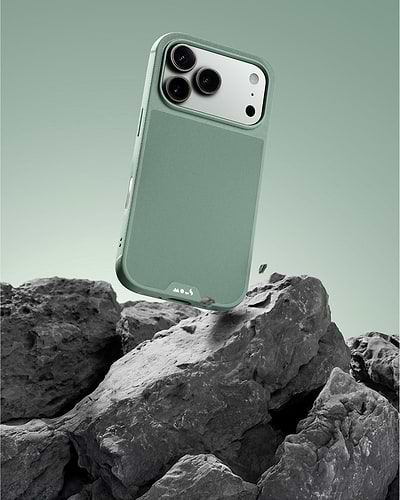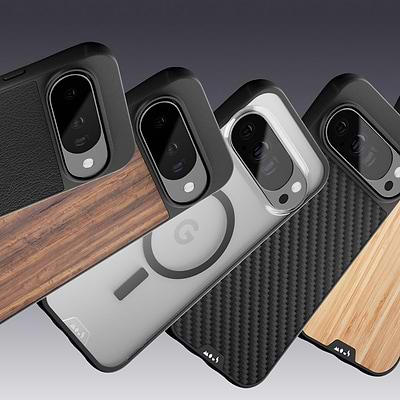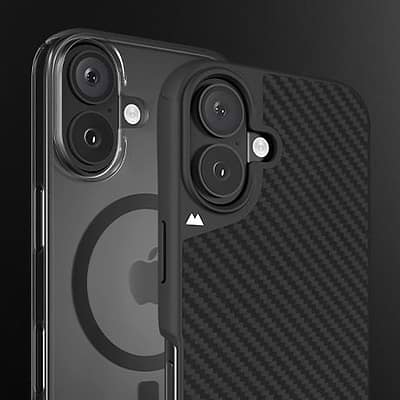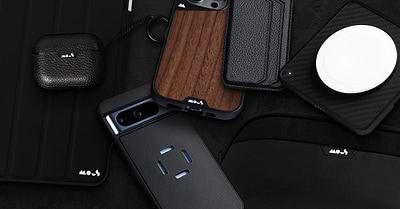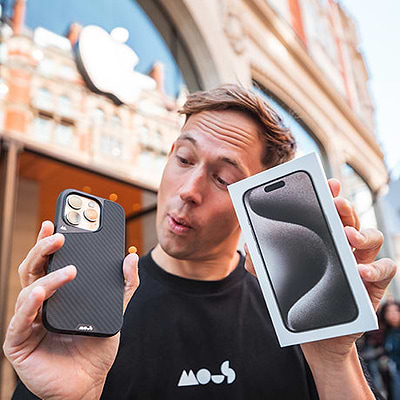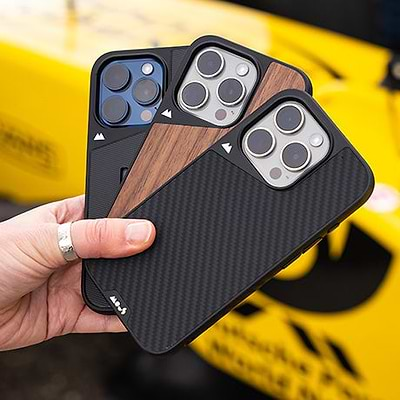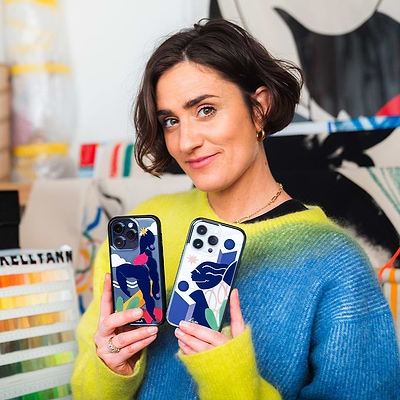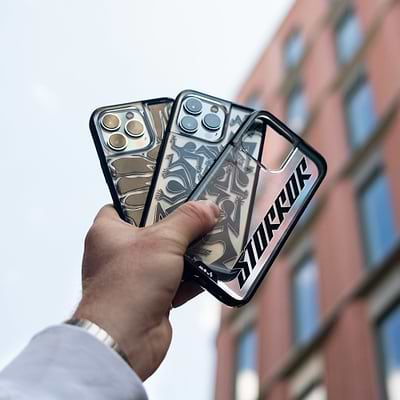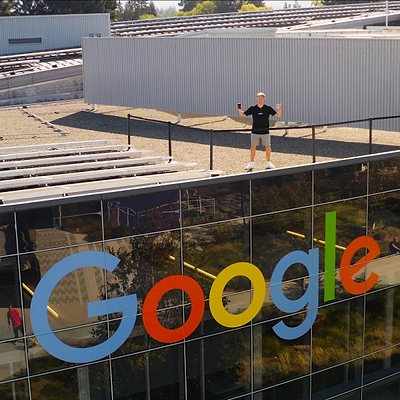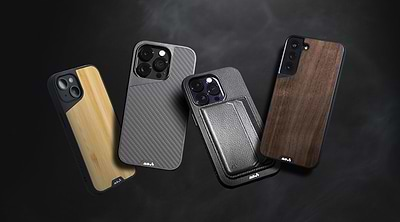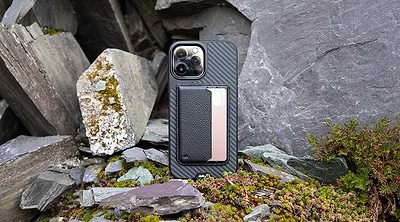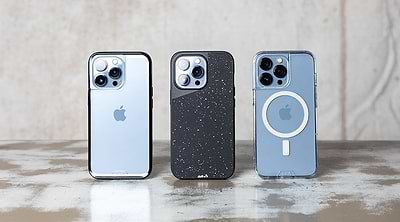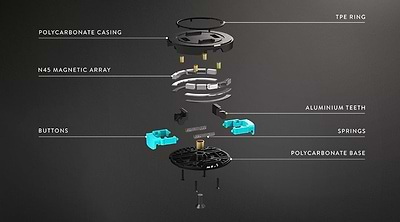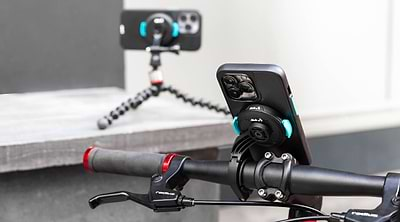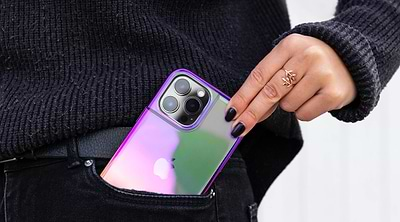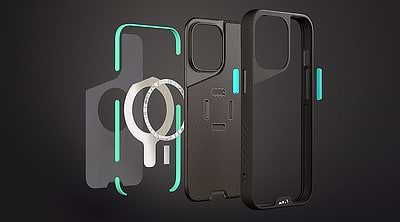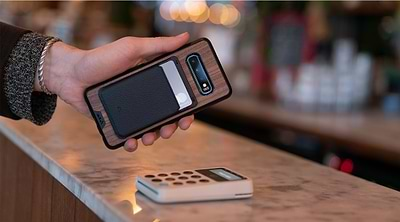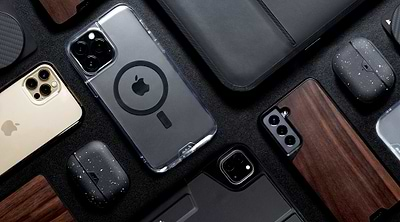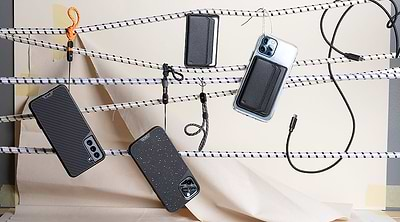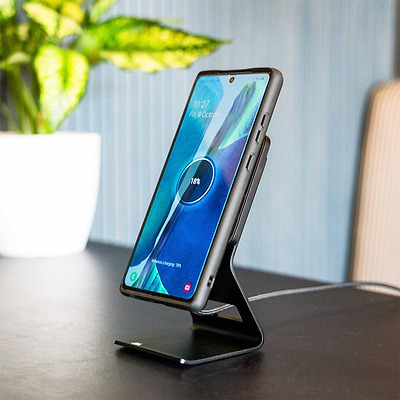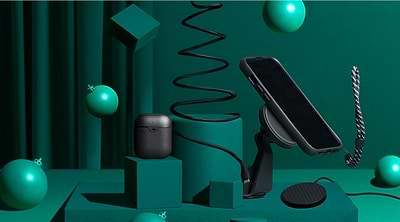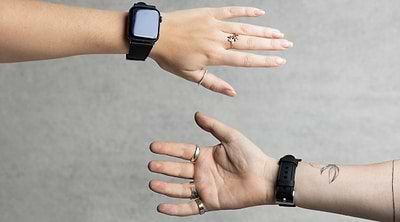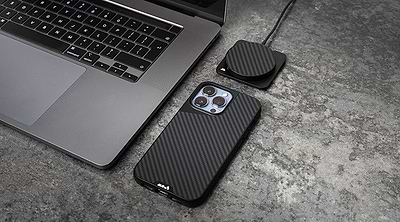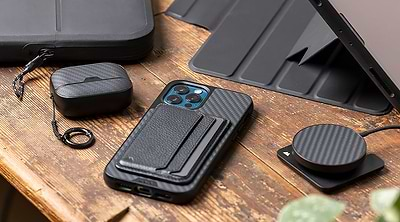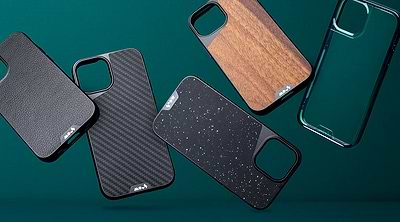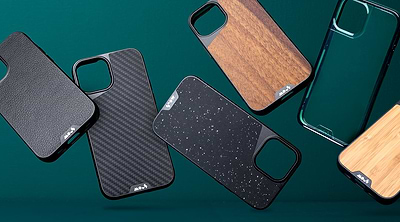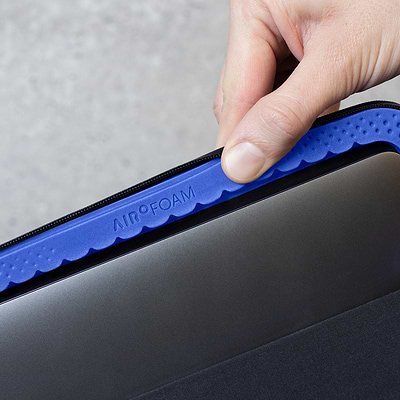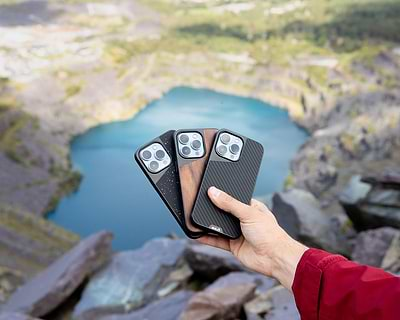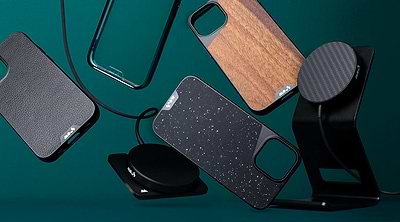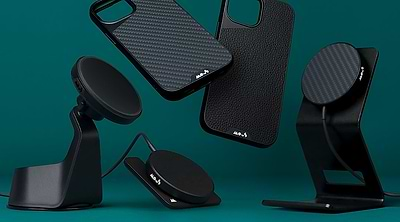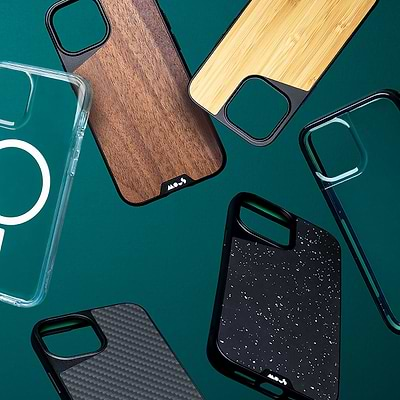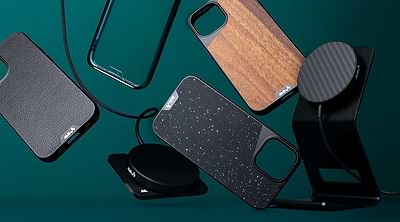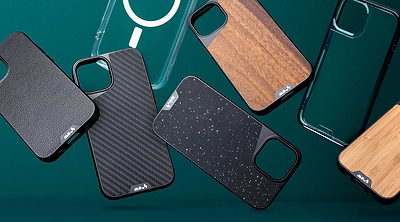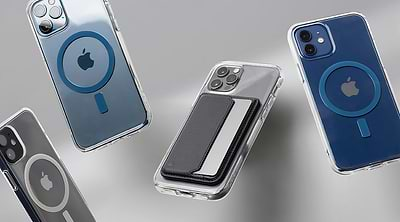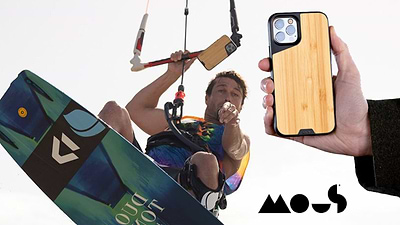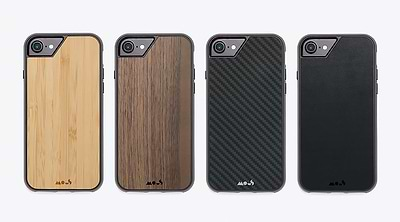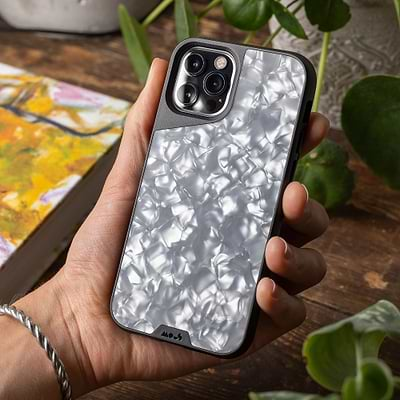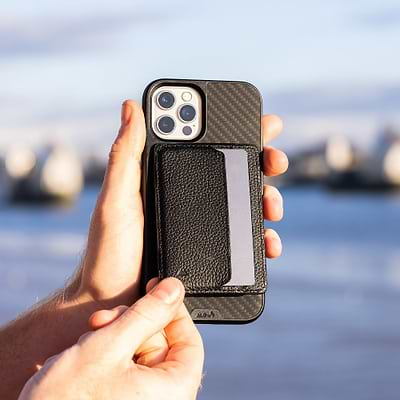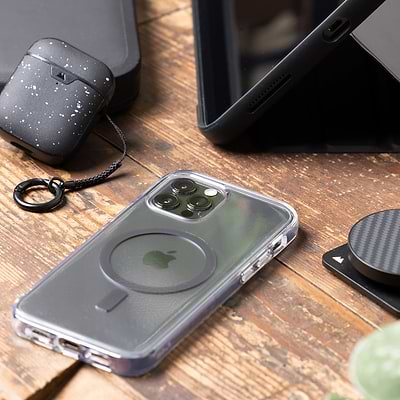
When Apple released their very first iPhone, it changed the game for mobile phones. People discovered that their phone could also be an iPod, a map and, crucially, have a touchscreen. It was a huge success and sold over 6 million units globally. Since then, iPhones have dominated the smartphone market and the total number of sales is now over 2 billion. Not only did Apple create an iconic handset, but their apps and accessories mean that from the first iPhone to the 2021 iPhone, cases, cables, earpods and a whole host of other supporting products have sprung up to bolster their ecosystem.

The first iPhone
Steve Jobs announced the first iPhone on January 9th 2007 at 9:41am - and that’s why all their products are photographed at this time. Its first iconic advert, ‘Hello’, was aired during the Academy Awards the next month, and the phone itself was released on June 29th 2007. It came to be known as the iPhone 2G, because the following year Apple released the iPhone 3G. It had all the amazing features of the original, the touchscreen and the desktop-like capabilities, but with 3G capability, faster speeds and, most importantly, the App Store. While the technologies in it have advanced, this is still one of the major draws for iPhone, 13 years later. Whatever the technology, for the 2021 iPhone, case may be, the App Store will still be one of the hero features. What followed the 3G was the 3GS - ‘S’ for speed. It was the first iPhone which could record video and it was much faster than its predecessors.
The iPhones get a makeover
The iPhone 4, released in 2010, was the first to feature the metal and glass design which it still adheres to, as well as a Retina display, FaceTime, multitasking and a front-facing camera. These are just a few of the ubiquitous features we expect to see in the 2021 iPhone - cases were also sent out free to the first batch of customers as an ingenious way of fixing a signal issue. The 4S introduced Siri and so brought real-world uses of AI to a wide audience. The iPhone 5 brought a bigger screen and the lightning port which we can expect to see still in the 2021 iPhone; cases of innovation are so frequent in the iPhone journey and it doesn’t stop here. In 2013 the iPhone 5S introduced TouchID which is only just being phased out and the 5C was the first budget-friendly and colourful option.

The iPhone gets bigger...
The original dream for the iPhone was a computer that could fit in your pocket, but customers were starting to think bigger. Literally. In 2014, Apple launched two phones at once for the first time: iPhone 6 and 6 Plus. The commercial success was huge with this iPhone - 13 million and more units sold over the first weekend. The most obvious improvements, other than the larger physical size, were bigger, better screens and the introduction of NFC (Near Fields Communication). This is the tech that enables features like Apple Pay. The following year saw the iPhone 6S and 6S Plus, which were faster, had longer battery lives and did fun things like Live Photos and Force Touch.
...and smaller
In 2016 and only 6 months after the 6S launched, Apple did something a little surprising and brought out the iPhone SE. It was essentially an upgraded version of the iPhone 5, responding to market demand for a smaller smartphone. Where there was around 10 hours battery life for the earlier iPhone, 13 were possible with the iPhone SE’s battery.
Moving wireless
Six months later in 2016, Apple released the iPhone 7 and 7 Plus. This was the first generation of iPhones to ditch the headphone jack, an indication of the industry’s move towards wireless tech. They also had two cameras on the back for the first time. iPhone cameras have just been getting better and better and who knows how good the camera in the 2021 iPhone will be.
The iPhone 8 and 8 Plus were released in 2017. The camera improved again, but the biggest upgrade this generation of phones saw was wireless charging, enabled by its glass back. MagSafe®, Apple’s latest form of wireless charging, might be present in the 2021 iPhone; cases have also become more compatible with wireless charging.

iPhone X, XS and XR
Then Apple did something unprecedented. Up until this point, the annual iPhone release’s naming followed chronological numbers, with S indicating a smaller upgrade. The iPhone released in 2017 was called iPhone X. This phone did away with the home button in favour of facial recognition, the screen was almost edge-to-edge and the camera was the most impressive a smartphone had ever had up to that point, though we’d imagine the 2021 iPhone camera will be even better.
In 2018, the XS and XS Max were released. Somehow the camera improved yet again, and the phone became even more dust and water resistant. A few months later the XR was released, with slightly less impressive specs and a significantly lower price tag. That said, in many ways performance improved, allowing 15 hours of internet use for the newer iPhone, 13 for the XS Max. This generation of iPhones, from iPhone X, is really the start of the modern iPhone.
iPhone 11
2019 saw Apple return to their normal numerical naming convention. This launch was a little different because Apple released three models at once: iPhone 11, 11 Pro and 11 Pro Max. The processors and cameras improved - massively for the Pro models. The Pro and Pro Max also saw a significantly more impressive display.
A few months later, Apple released the second generation of the iPhone SE. It looked like an iPhone 8, with its small size and TouchID, but had a lot of the impressive capabilities of the 11. It was also extremely budget-friendly. It will be interesting to see if the 2021 iPhone follows this pattern of later, less expensive releases.

iPhone 12 and beyond
2020 was an exciting year for the iPhone, 13 years after the original release. For the first time in years, the iPhone’s rounded edges were squared off like iPhones 4 and 5, a design customers really liked. More importantly, MagSafe was reintroduced. Before MagSafe connected MacBook chargers to their charging port, now it's the technology which magnetically connects the iPhone to a range of magnetic add-ons. It also allows the wireless charging coil in the phone to perfectly align with the charger. This means that the iPhone 12 series can deliver perfectly optimised charge speeds with ease.
Apple also released four devices at once, iPhone 12, 12 mini, 12 Pro and 12 Pro Max. It’s an expansive range of seriously impressive devices to suit everyone from the professional content creator to the tech lover with tiny pockets. The real curveball, however, came in early 2021 with the release of the purple iPhone 12s. If Apple repeat this move for the 2021 iPhone, clear cases might be even more popular.
Apple has been creating market-leading smartphones for 14 years now, and no doubt will do something innovative and exciting for the 2021 iPhone - cases which facilitate all its new features will be necessary and we can’t wait to take on the challenge.

This is Mous
There’s no need to imagine a world where you can do more with your tech. We already have. We create products with purpose, to expand the everyday experiences you have with your tech, every day. Our products are engineered to over-perform, facilitate your tech’s native functionality and enhance it, all while looking fantastic. Mous was born when we saw an uninspiring marketplace filled with products that didn’t both perform well and look great and we saw a way to do better. To see where our design ethos has led us, check out our MacBook sleeves, iPad cases and MagSafe compatible range.
Live without limits.

